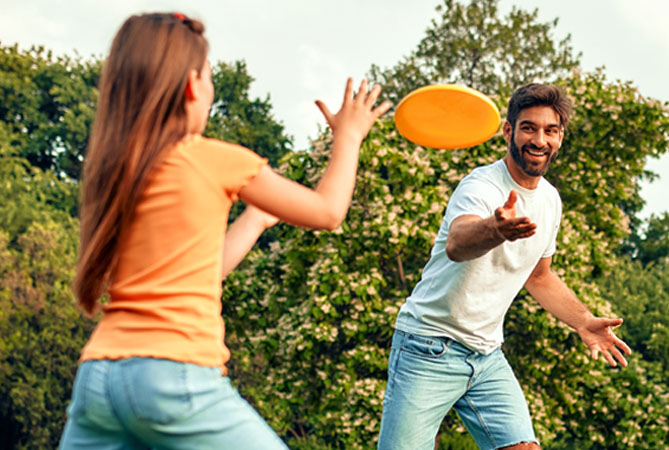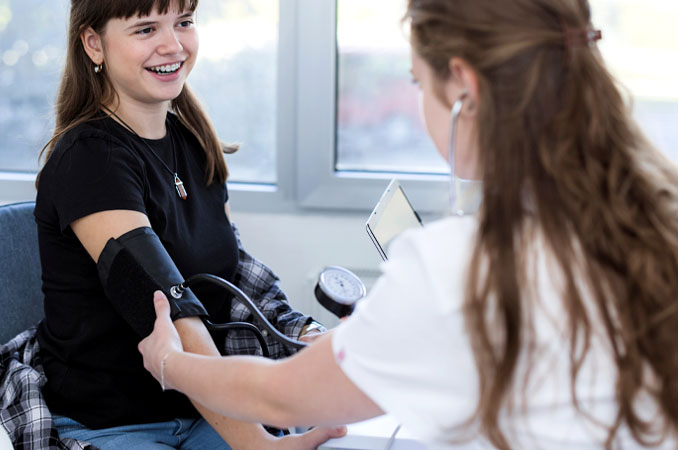
UV Protection
Chances are you’re soaking up the sun this summer wherever you are. Spending time outside is a great way to stay active, reduce stress and get necessary vitamin D. However, ultraviolet (UV) rays can pose a health risk to your skin and eyes without proper protection. Too much exposure to UV light can lead to skin cancer, eye cancer and other UV related disorders.
Although invisible, UV rays can damage the skin in as little as fifteen minutes and lead to more damage the longer you are exposed to it. With skin cancer being the most common cancer in the U.S., it has become increasingly more important to know about UV radiation and how to properly protect yourself and your children from the sun. UV rays can reach us on cloudy days or chilly days, but you probably spend more time in the sun during the summer months. The more time you spend in the sun means the more time that is needed to practice good sun-care. Here are three ways to practice UV protection this summer to ensure you’re taking appropriate steps to protect you and your family from the sun.
-
1. Wear Sun-Safe Clothing and Sunglasses
Wearing a long-sleeved shirt and long pants can provide protection from UV rays, but isn’t always practical. If it’s too hot to wear long-sleeves, wear a short-sleeved shirt or a beach cover-up. You can also find clothing that offers UV protection. Wearing a hat that shades your face, ears and the back of your neck provides the most protection for your face and neck. If you’re wearing a baseball cap, then it’s best to protect your ears and the back of your neck by using sunscreen.
Wearing sunglasses is also recommended when spending time outdoors. This is due to the sun’s potential to cause damage to the eyes which can lead to cataracts, degeneration, cancer and other uv-related eye injuries. Nearly all sunglasses sold, even the cheapest ones, block UV rays.
-
2. Always Wear Sunscreen
Applying sunscreen is a must before spending time outside. Sunscreens are assigned a sun protection factor (SPF) that rates how well it blocks UV rays. The higher the SPF number, the longer the protection. You may also see the term “broad spectrum” on the bottle. This is important because broad spectrum sunscreen will provide protection from UVA and UVB rays. Make sure to pick a sunscreen with a SPF of 15 or greater and labeled “broad spectrum”.
It is recommended that children and infants use a sunscreen with a higher SPF as their skin has less protection from the sun and is more likely to burn. It is important to reapply sunscreen if you’re spending longer than two hours outside or after swimming, sweating or toweling off.
-
3. Prepare Before Going Outside
Preparing before spending time outdoors is a must! It’s important to check the UV index before heading outside. If the UV index is higher than three in your area, take the appropriate steps to ensure you stay protected. The time of day is also important when determining how strong the UV rays will be. UV rays tend to be the strongest from midmorning until around 3:00-4:00 p.m. Make sure that you have access to shade if spending time outdoors during the day.




 Women's Health
Women's Health Eat Healthy
Eat Healthy Exercise
Exercise Health & Wellness Articles
Health & Wellness Articles